As the fall days become shorter and the weather gets less appealing for gardening, it's easy to put thoughts about your garden on hold and focus on warm, cozy winter days indoors. But don't tuck yourself indoors just yet — you might miss out on introducing bulbs into your garden to bring joy in the year to come.
Most garden suppliers stock the standard daffodil and tulip varieties, but this year try experimenting with some of the more exotic options available. Bulbs come from all over the world and have strikingly different growth habits and forms, providing endless possibilities. With a little planting in fall, you can bring your garden to life in the spring with these unique bulb options.
How to landscape with bulbs
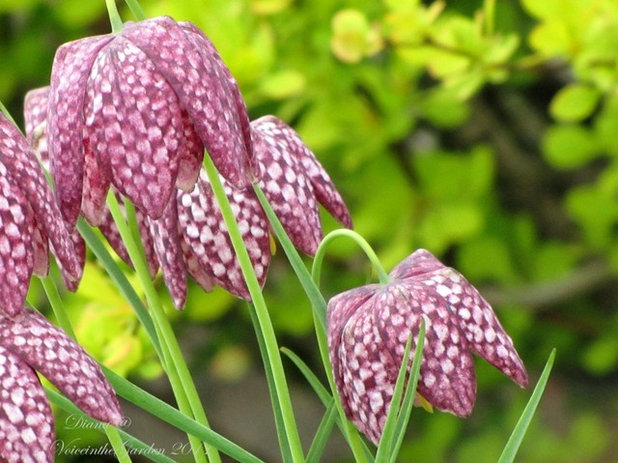
The
Fritillaria meleagris, or Snake's Head Lily, produces intricate checkerboard-patterned flowers in the spring. It prefers moist, acidic soil and will slowly multiply to create little groups of flowers. These make a great feature planting for border fronts or in rock gardens.
Botanical name: Fritillaria meleagrisUSDA zones: 3 to 8 (find your zone)
Soil requirement: Well-drained, acidic soil
Light requirement: Full sun to light shade
Size: 8 to 12 inches
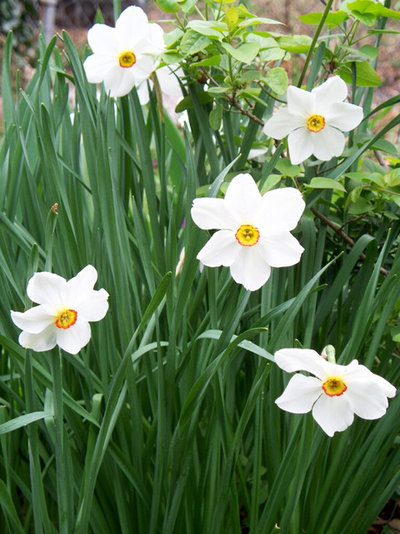
Poet's Daffodils are a great alternative to standard daffodil varieties. Their flowers are flatter, more delicate (somewhat like an anemone flower) and often scented, and they last longer in the garden than traditional daffodils.
Botanical name: Narcissus poeticusUSDA zones: 6a to 8
Soil requirement: Well-drained soil
Light requirement: Full sun to shade
Size: 12 to 14 inches
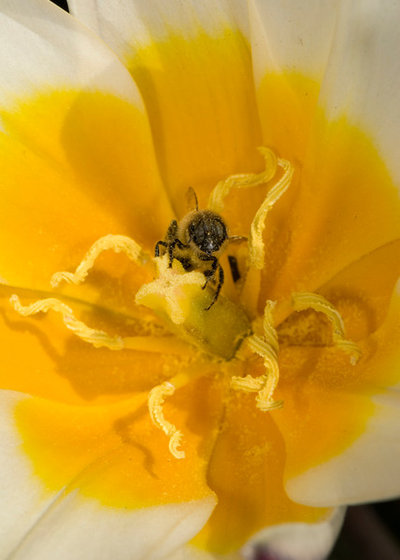
The New York Botanical Garden
Kaufmanniana tulips are often called Waterlily tulips because their pointed petals open almost completely flat, like those of a water lily, on sunny days. These little gems flower early and will gradually multiply if left undisturbed. They're something different than the standard red and white options you often see lining a driveway.
Botanical name: Tulipa kaufmannianaUSDA zones: 3a to 8b
Soil requirement: Well-drained soil
Light requirement: Full sun to light shade
Size: 4 to 12 inches
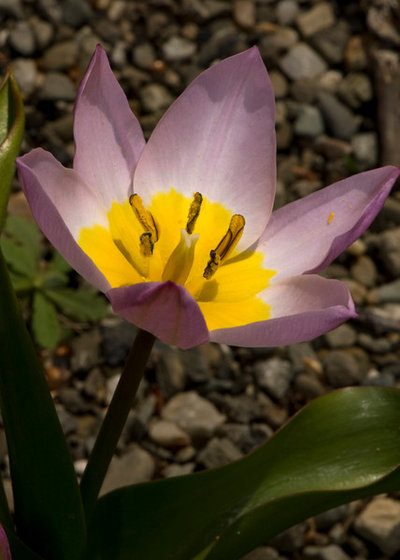
The New York Botanical Garden
The Saxatilis tulip is another great tulip variety worth considering. They are much smaller than a standard tulip, so it is best to plant them in larger groupings to achieve a natural effect. Planted in a sunny, freely draining spot in the garden, they will often keep flowering for weeks on end.
Botanical name: Tulipa saxatilisUSDA zones: 4 to 8
Soil requirement: Well-drained soil
Light requirement: Full sun
Size: 6 inches
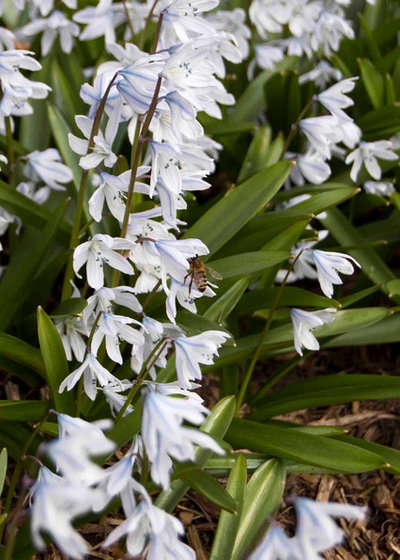
The New York Botanical Garden
Striped Squill is a great small bulb to plant en masse in your garden. It is native to central Asian mountain areas, making it very cold hardy and easy to grow. Imagine a patchwork of tiny white flowers planted under trees throughout your garden in the early spring.
Botanical name: Puschkinia scilloides var.
libanoticaUSDA zones: 3 to 8
Soil requirement: Well-drained soil
Light requirement: Full sun to light shade
Size: Less than 6 inches
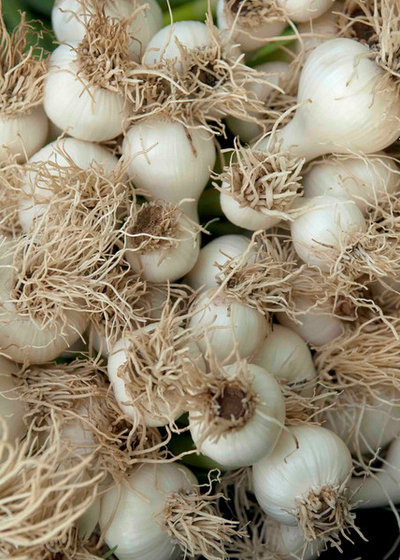
The New York Botanical Garden
Garlic may be the most useful bulb you can have in your garden. Plant garlic bulbs on the outer edges of your vegetable plot (leaving room for plantings throughout the spring and summer) and you will be rewarded with gracefully curving, edible seed heads (called garlic scapes). Once the leaves yellow, the bulb can be dug up, dried and used for cooking. Homegrown garlic is juicier than the store-bought variety, and you can choose from numerous heirloom options in different colors and sizes.
Botanical name: Allium sativumUSDA zones: 3 to 8
Soil requirement: Well-drained soil
Light requirement: Full sun to light shade
Size: 12 to 18 inches
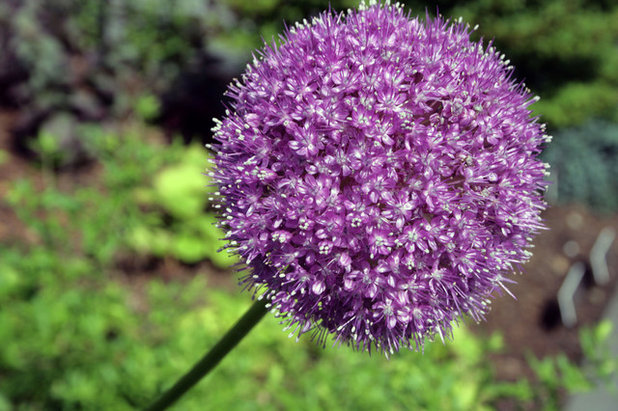
The New York Botanical Garden
Alliums are one of my favorite plants in the garden. Their architectural, globe-like flowers emerge in the late spring and add amazing structure to garden beds. The seed heads can be left in place after the flower finishes to provide interest throughout the summer as well as to encourage pollinators to do their magic.
Botanical name: Allium spp
USDA zones: 4 to 8
Soil requirement: Well-drained soil
Light requirement: Full sun to light shade
Size: 8 to 30 inches





